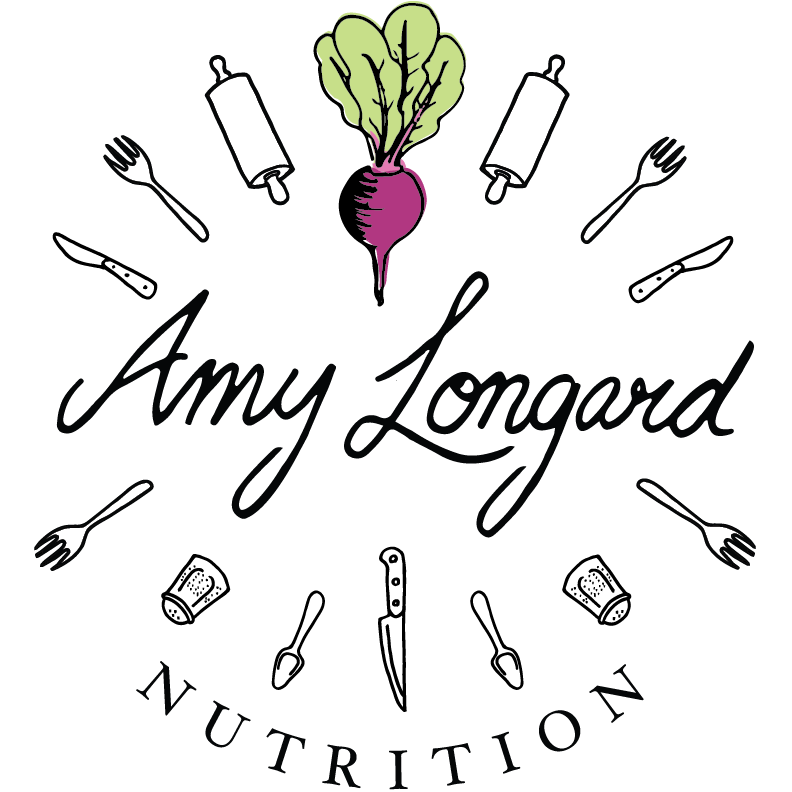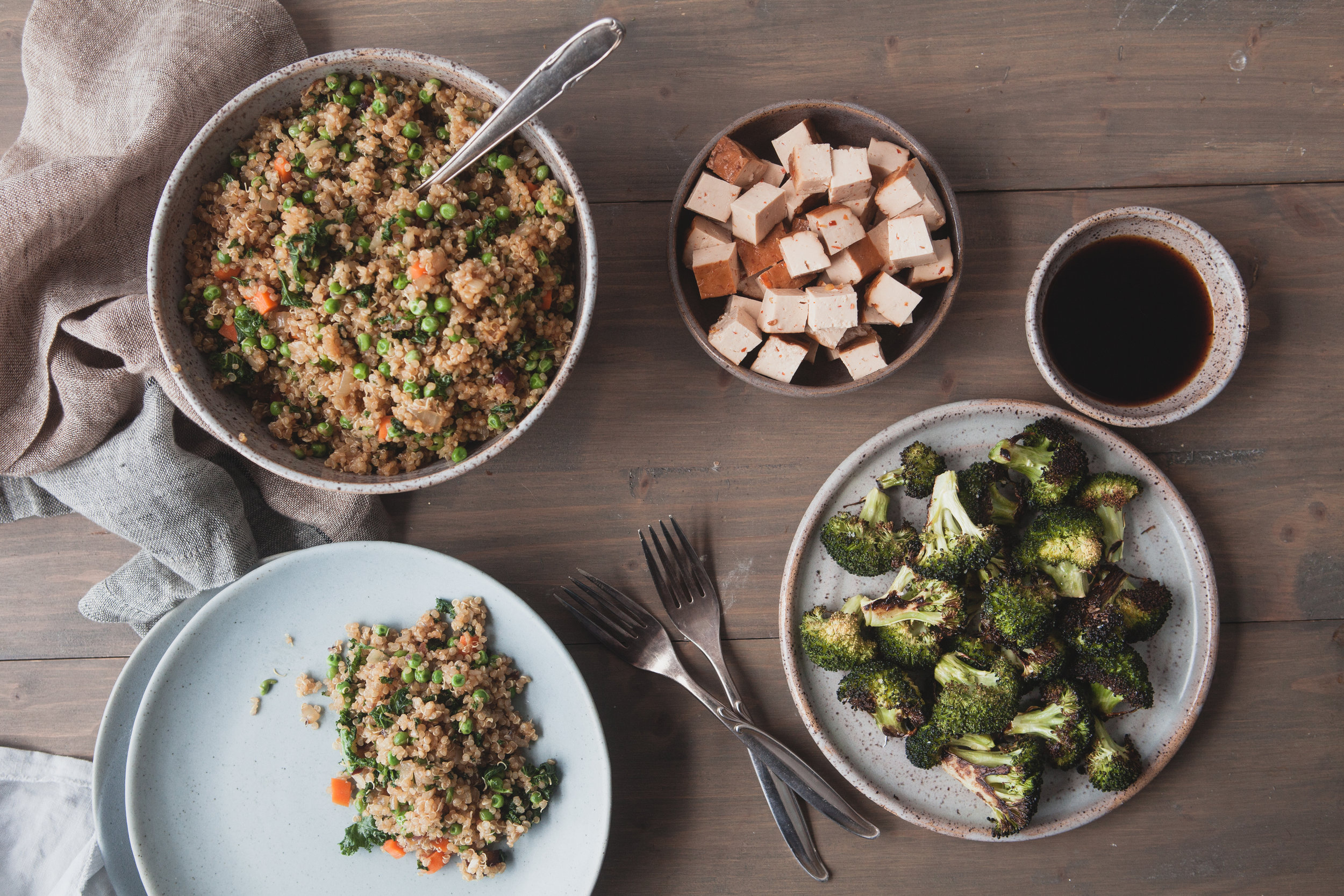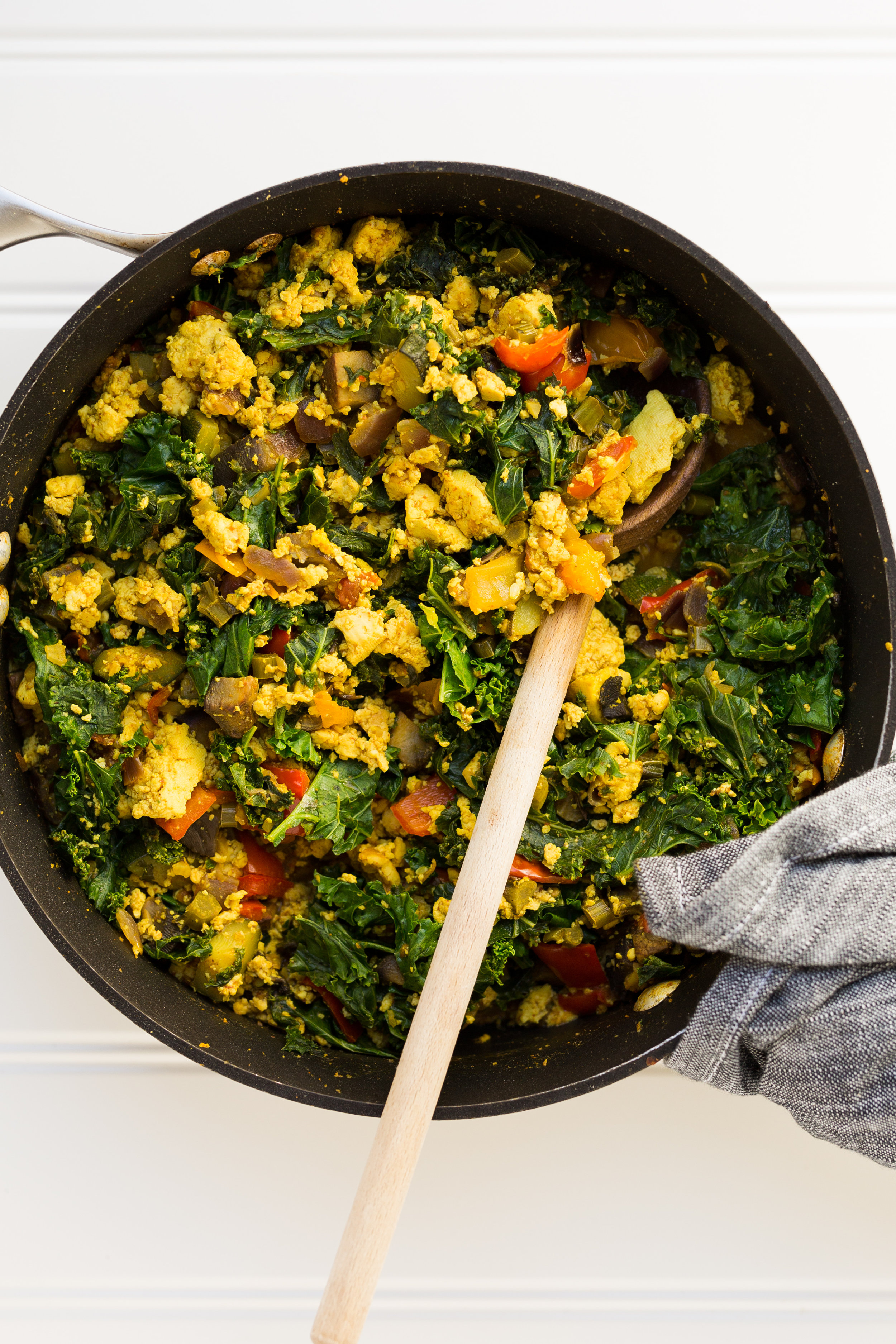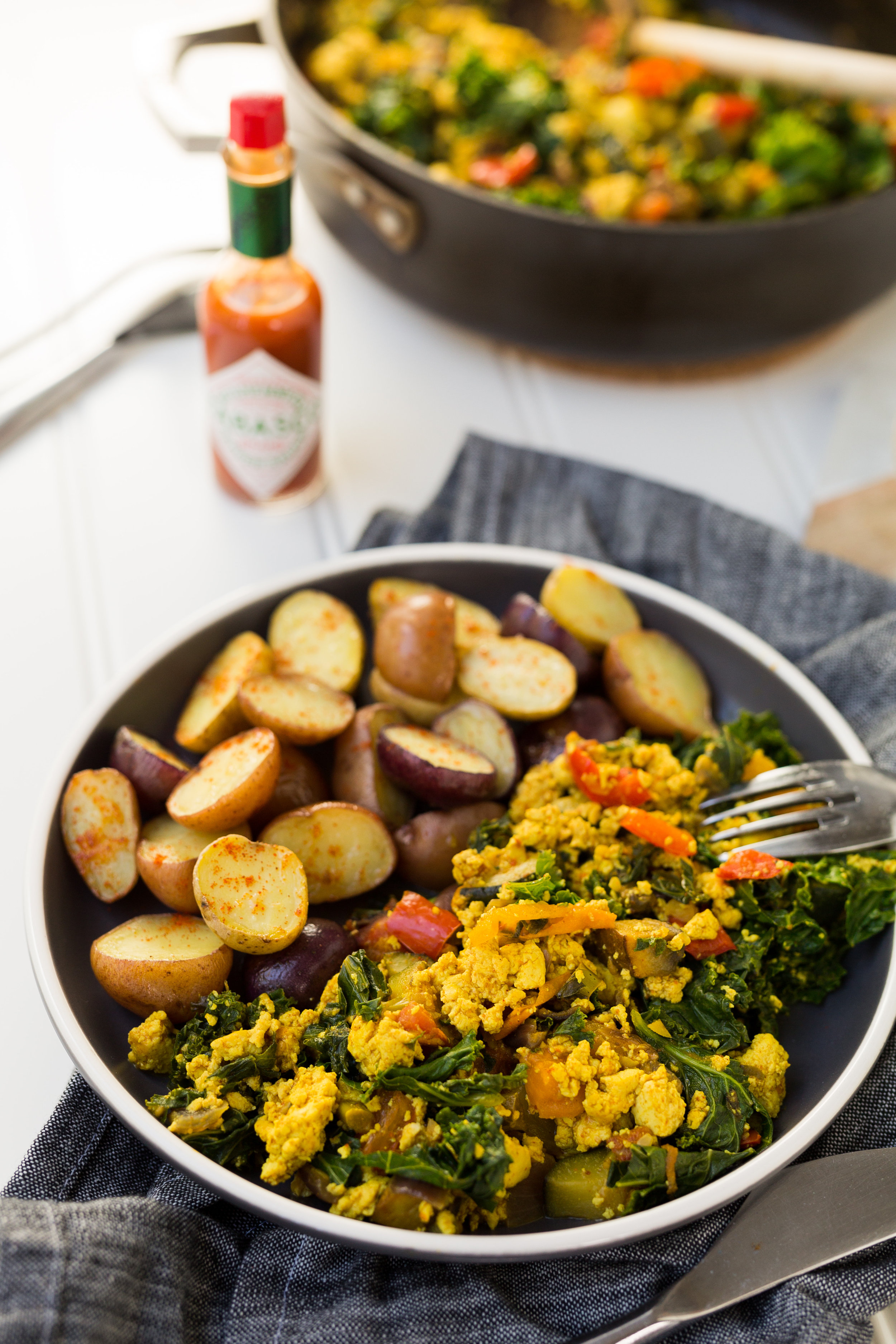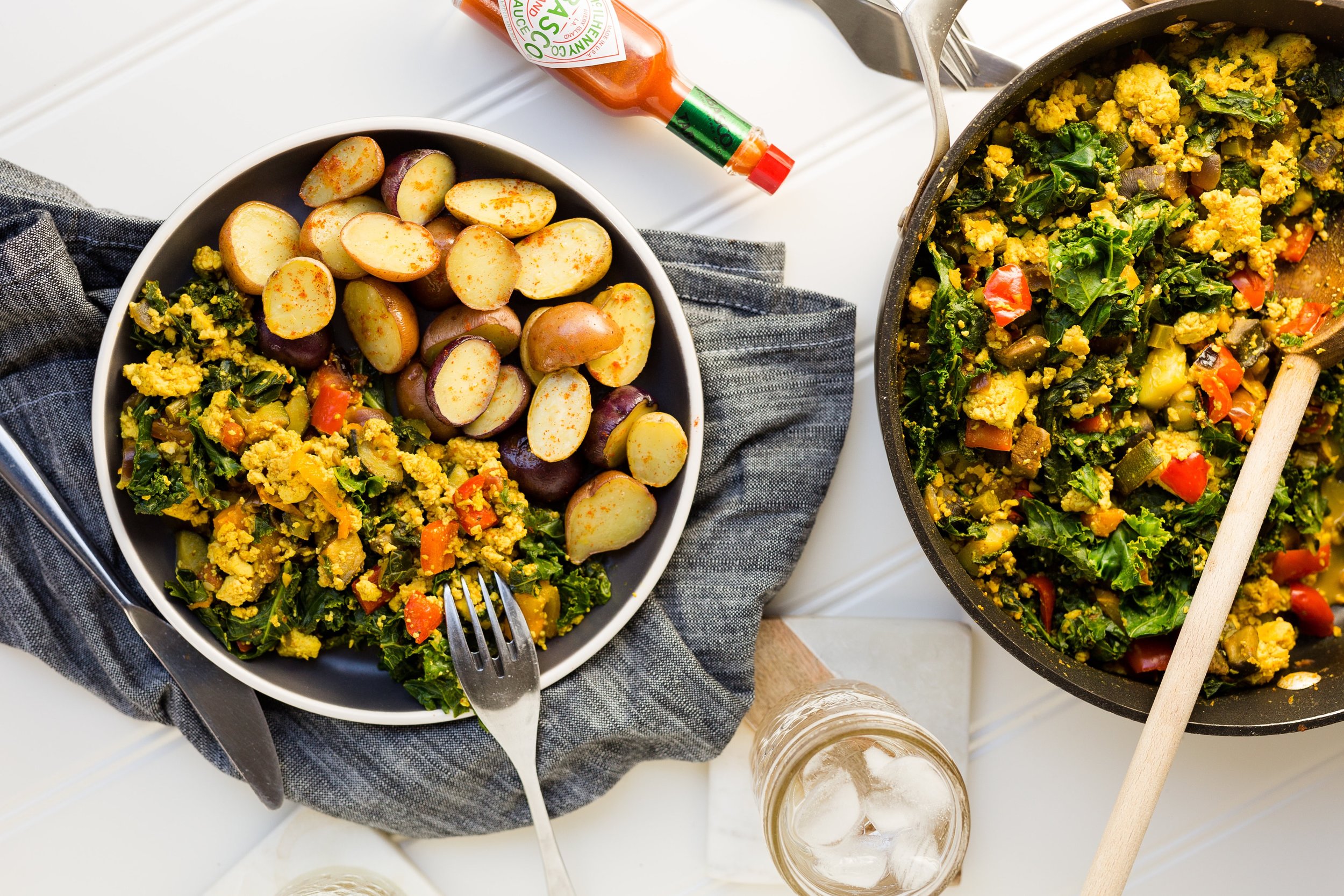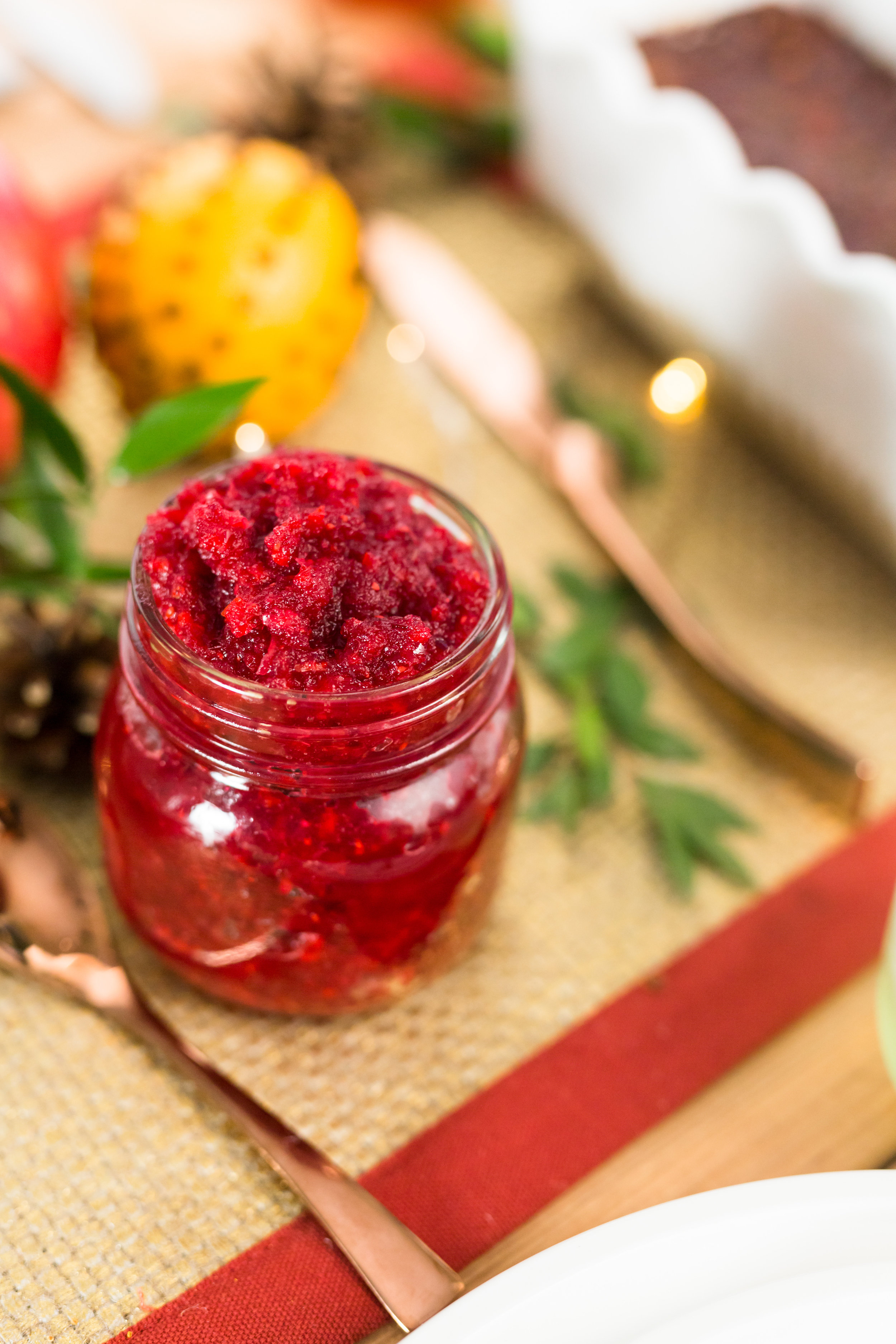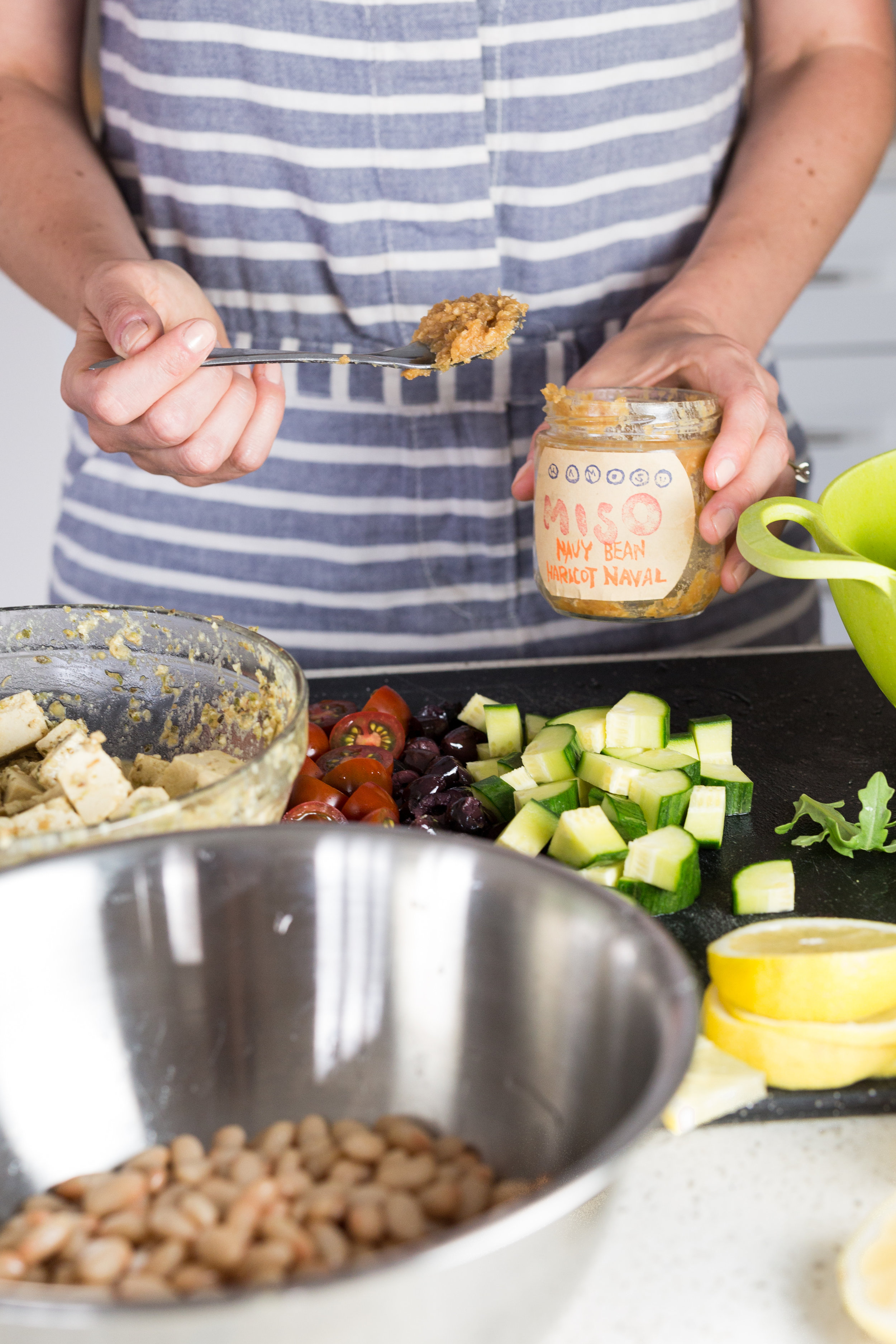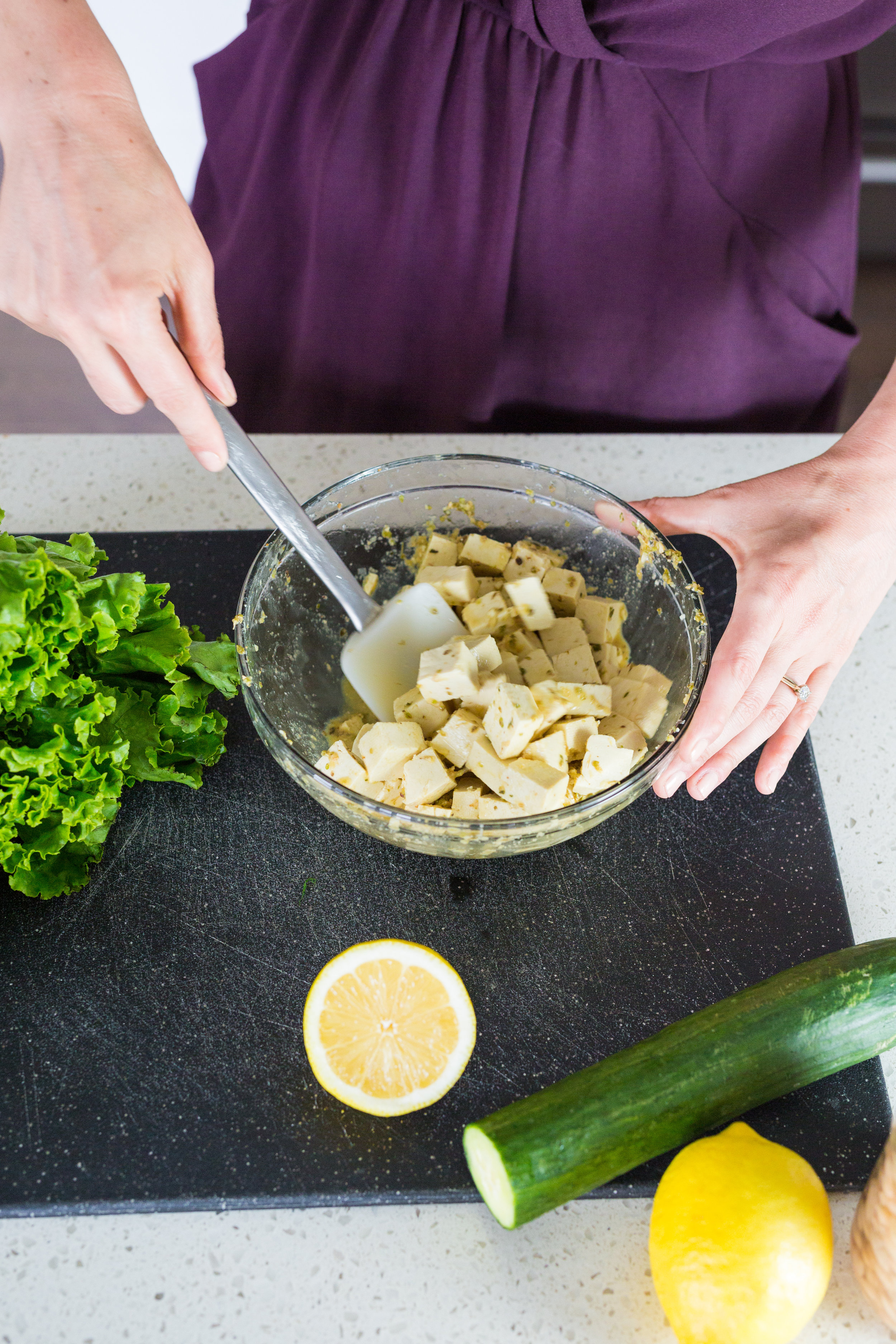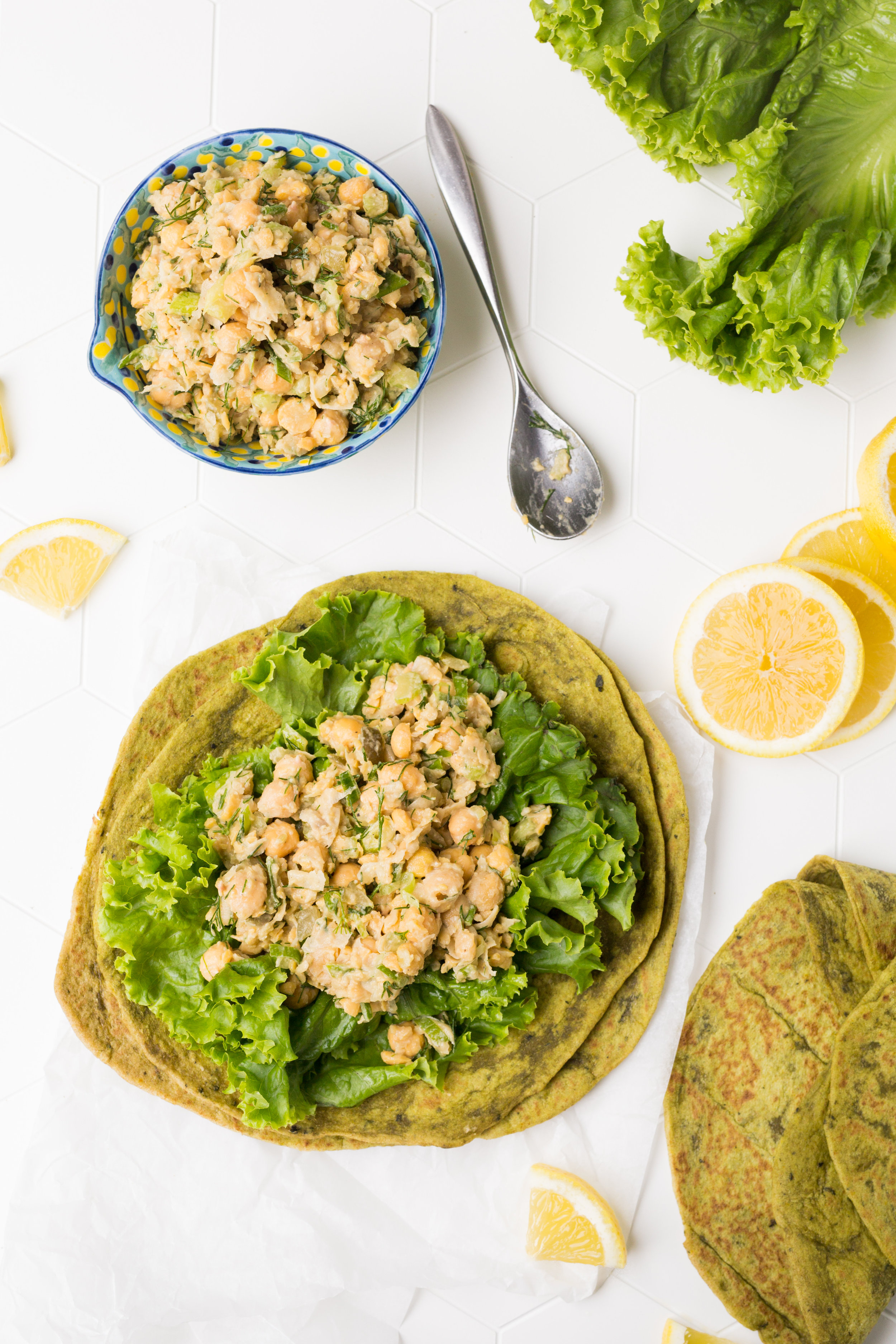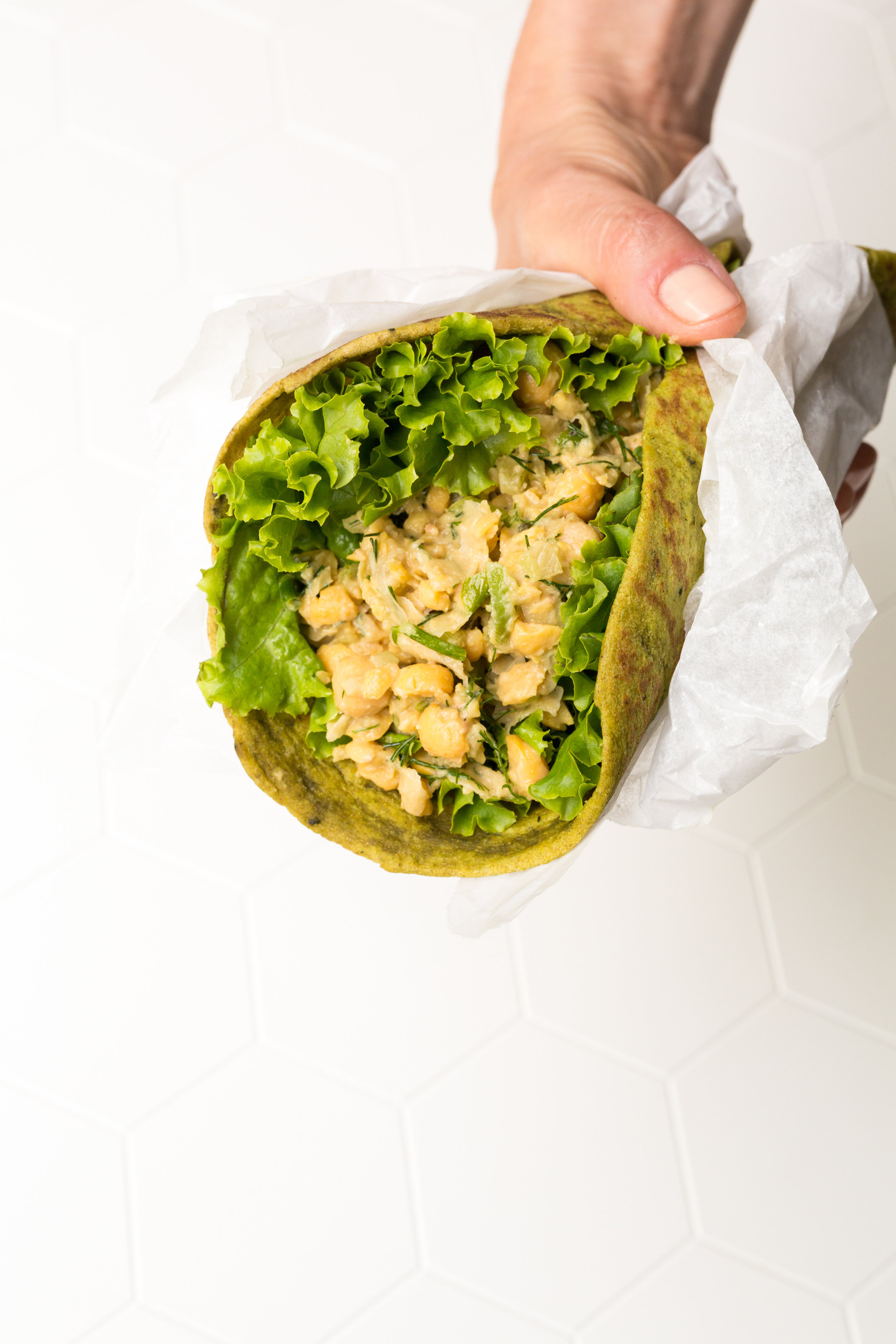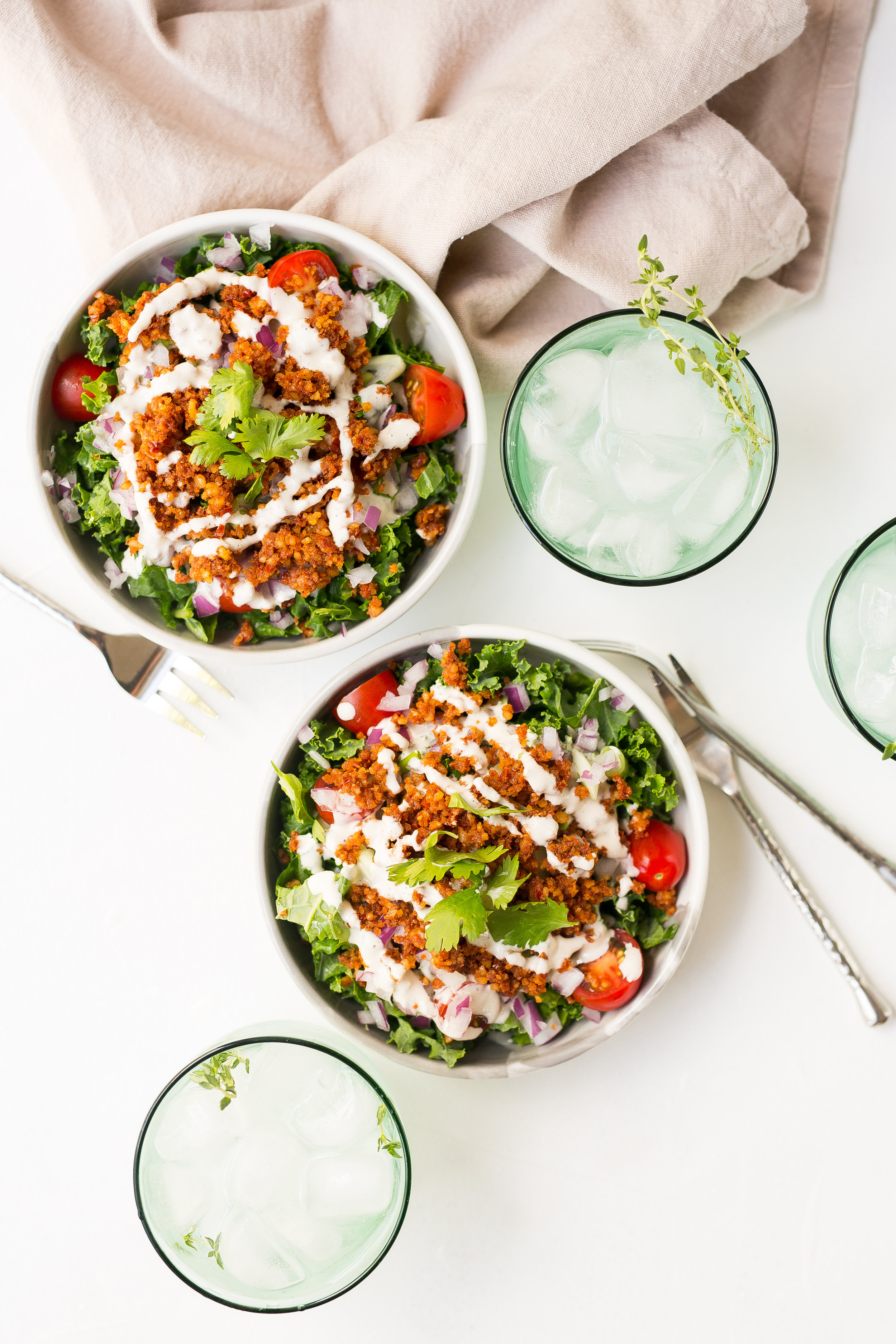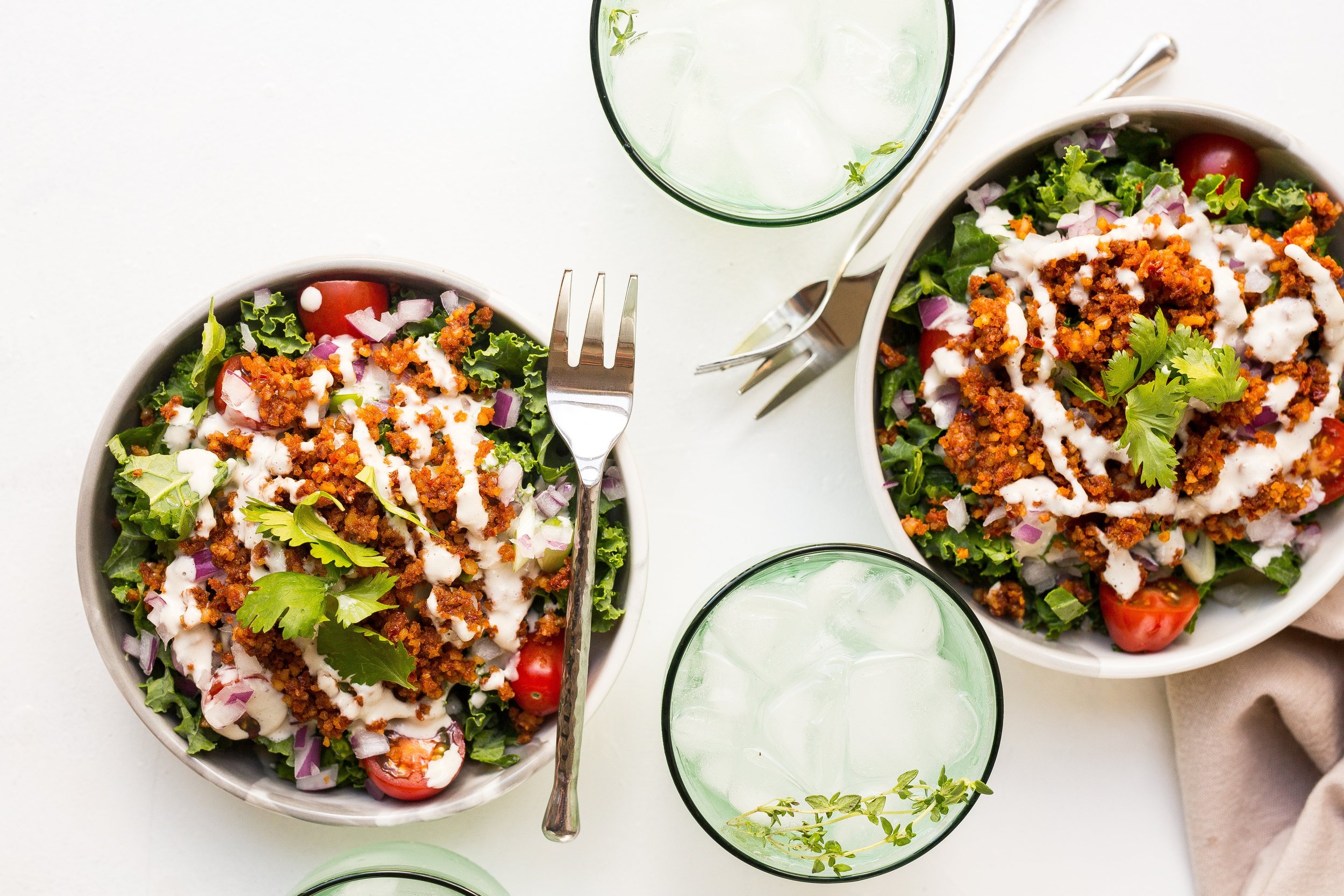A Plant-Based Guide to Patio Season
Patio season is a sought after time of year even when trying to stay plant-based. Not all plant-based options are automatically healthy but whether you’re trying to make healthier choices or looking to treat yourself, check out my pro tips on how to stay in the plant-based lane.
Drinks
First of all, I’d like to mention that you don’t need to drink alcohol to fully embrace the patio experience. Kombucha has changed the game for many looking to curb their drinking habits. The fermented taste combined with effervescence can make for an excellent beer or cider substitute. Some of the trendier restaurants have even started carrying it on tap. It comes in a variety of flavours and contains probiotics. Plus, I’m seeing more and more companies like Seedlip who are revolutionizing mocktails with a fantastic array of non-alcoholic spirits. There’s also Canadian brewers such as Parktake Brewing who are creating tasty alcohol-free IPA, blonde and pale ales.
Another great alternative to drinking alcohol is instead ordering sparkling soda/water. Add a squeeze of lemon or lime and a pinch of salt. With this DIY electrolyte drink you’ll be well hydrated for your patio adventures.
As for the alcoholic beverages, you may already know that many beers and wines are processed using animal products such as isinglass, egg whites, lactose, or gelatin. Ciders are usually (but not always) vegan and other than liquors and mixed drinks that have honey (some plant-based eaters omit honey and others don’t), cream or egg whites, you’re pretty safe with these! Servers at restaurants or bars won’t always know whether or not a beer, wine or liquor is vegan, so you might have to do the research yourself.
For a comprehensive list of vegan alcohol options available in Canada and the US visit Barnivore. It’s an online database that’s easy to search and explore. They don’t guarantee having every beer, wine and liquor on the market but they stay pretty up to date and have an easy submission process if you want to add your favourites.
Fortunately many of my favourite Ontario wines like Karlo Estates (the first certified vegan winery in the world!), Sandbanks and Waupoos Estate Winery are vegan. As for beers, most tend to be vegan - including my fave beer Mill Street Organic - but I’ve come across milk stouts, milkshake IPA’s, caramel truffle beer, etc that contain milk or milk chocolate so keep an eye out for those.
Nutritionist tip: If you do plan on drinking alcohol, remember to follow each drink with a glass of water and never drink on an empty stomach. And on that note, let’s talk about food…
Patio Eats
The plant-based patio hopper can survive quite easily if they’re willing to be resourceful. I’ve found that a large number of places will serve one or all of these options:
Pita Plate/Veggie Plate – most places nowadays serve an appetizer made up of cut up veggies, some crackers or pita, olives, and hummus. A perfect compliment to that glass of white wine.
Cauliflower Wings – a plant-based sensation, these little guys are super yummy and popping up more and more as an alternative to chicken wings. Often made in BBQ and sesame flavours these can really hit the spot for that typical patio fare taste.
Nachos (hold the cheese, extra guacamole) – nachos can quickly become a veggie-head’s perfect snack when you hold off on the meat and cheese. Just be sure to ask for extra guac and salsa.
Veggie Burger – it’s rare not to find a decent veggie burger on the menu these days especially with the spike in popularity of meat-substitute brands like Beyond Meat, which is popping up in more and more restaurants, pubs and bars.
Vegan limited offers – sometimes restaurants will only want to dip in their toes and run limited-time plant-based menu items as a way of testing out their consumer demand. Be sure to check not only the menu, but also the little postcards and specials signs on the table and in the restaurant, or simply ask your server if there are any vegan options as part of the daily special.
Lastly, a great resource for finding plant-based friendly spots is Happy Cow (both the website and the app). You can customize your search by location and filter by vegan, vegetarian or by restaurants that have vegan options. You can also use Google Maps and search “vegan” to find updated info on restaurants in your area that offer vegan options. Google Maps has been a handy resource for me both locally and on my travels.
Happy patio season friends! I’ll be sharing a number of tips over the summer on my website and on social media. If you want to share other suggestions for patio season or tips and tricks for plant-based eating at restaurants, pubs, and bars please leave them in the comments below.
